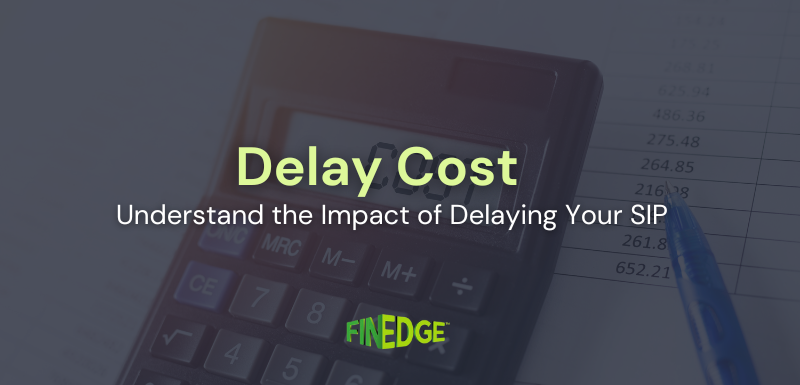Daily, Weekly, or Monthly SIP: Which One Should You Choose?
- Understand the actual return differences between daily, weekly, and monthly SIPs.
- Discover why most investors prefer monthly SIPs.
- Learn how frequency impacts taxation, effort, and record keeping.
While SIPs are the preferred way for most Indian investors to invest in mutual funds, one question often comes up: should you invest daily, weekly, or monthly? Many assume more frequent investing brings higher returns, but does the data support that belief? In this article, we’ll compare SIP frequencies based on long-term market data and help you choose what’s best for your goals and convenience.
Do Daily, Weekly, or Monthly SIPs Really Make a Difference in Returns?
A daily SIP means money is invested every trading day. A weekly SIP is done once a week, and a monthly SIP typically happens once a month. The perception is that more frequent SIPs offer better rupee cost averaging. But let’s look at long-term return data.
Nifty 50 SIP Returns (2013–2023):
-
Daily: 12.44%
-
Weekly: 12.45%
-
Monthly: 12.44%
Over a decade, the difference is almost negligible.
Returns over 10, 15, and 20 years in Nifty 50 Index:
-
10 years: Daily – 13.26%, Weekly – 13.27%, Monthly – 13.23%
-
15 years: Daily – 12.46%, Weekly – 12.46%, Monthly – 12.41%
-
20 years: Daily – 13.99%, Weekly – 13.99%, Monthly – 14.00%
Clearly, the frequency has minimal impact on returns.
What About Midcap and Smallcap Indices?
Let’s look at SIP returns in Nifty Midcap 150 and Nifty Smallcap 250 indices for the same period (2013–2023):
Nifty Midcap 150:
-
Daily: 16.35% | Weekly: 16.36% | Monthly: 16.32%
Nifty Smallcap 250:
-
Daily: 13.31% | Weekly: 13.32% | Monthly: 13.29%
Again, no meaningful difference. This reinforces that choosing frequency based on return assumptions may not be helpful.
What Factors Should You Consider Before Choosing SIP Frequency?
1. Time and Effort: Daily and weekly SIPs require more time to manage and track. If your platform doesn’t support auto-execution, the process becomes manually intensive.
2. Record Keeping:
-
Monthly SIP = 12 transactions a year
-
Weekly SIP = ~52 transactions a year
-
Daily SIP = ~250+ transactions a year
More frequency means more clutter in statements and higher effort in tracking.
3. Taxation Complications: Each SIP installment is treated as a separate investment for capital gains tax. More frequency = more complexity in calculating holding periods and taxation.
What’s the Ideal SIP Frequency?
Monthly SIPs are the most practical option:
-
They’re widely supported by platforms.
-
Easier to track and manage.
-
Simplifies taxation.
-
Perfectly aligned with salary inflows.
Unless you have a compelling reason and your platform supports it seamlessly, there’s little value in opting for weekly or daily SIPs.
FAQs
Your Investing Experts
Continue Reading
Cost of Delay in Investment: Why Starting Early Matters
Many investors assume that postponing their SIP temporarily has a minor impact. In reality, the true loss comes from the compounding opportunity that disappears with every missed month. A consistent approach is far more powerful than trying to compensate later by investing larger amounts.
How to Build a ₹1 Crore Portfolio: A Practical Guide for Indian Investors
Reaching ₹1 crore isn’t about luck or timing, it’s about discipline, consistency, and the patience to let compounding work in your favor.
Are Mutual Fund SIP Investments Low Risk?
Many first-time investors believe that SIPs are a low-risk way to enter the market. But is that really true? The idea that SIPs offer guaranteed safety can be misleading, especially if the underlying fund is equity-oriented. This blog breaks down the real risk profile of SIPs and helps you understand how they work in volatile markets.
_(40).jpg)



.jpg)